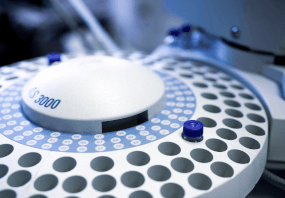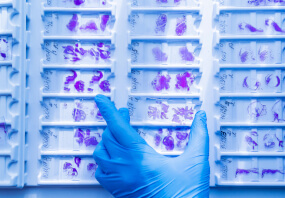General description
EPO has been cloned from various species including human, murine, canine, and others. The mature proteins from the various species are highly conserved and exhibit greater than 80% amino acid sequence identity. EPO contains three N-linked glycosylation sites. The glycosylation of erythropoietin is required for the biological activities of erythropoietin in vivo.
Biochem/physiol Actions
Erythropoietin (EPO), produced primarily by the kidney, is the primary regulatory factor of erythropoiesis. It promotes the proliferation, differentiation, and survival of the erythroid progenitors. Erythropoietin stimulates erythropoiesis by inducing growth and differentiation of burst forming units and colony forming units into mature red blood cells. EPO produced by kidney cells is increased in response to hypoxia or anemia. The biological effects of erythropoietin are mediated by the erythropoietin receptor, which binds EPO with high affinity and is a potent EPO antagonist.
Erythropoietin is a glycoprotein that is the principal regulator of red blood cell growth and differentiation.
Preparation Note
Human EPO is expressed as a glycosylated 36 kDa monomer in human HEK 293 cells. Production in human HEK 293 cells offers authentic glycosylation. Glycosylation contributes to stability in cell growth media and other applications.
Analysis Note
The specific activity was determined by the dose-dependent stimulation of the proliferation of human TF-1 cells (human erythroleukemic indicator cell line).
- UPC:
- 51191545
- Condition:
- New
- Availability:
- 3-5 Days
- Weight:
- 1.00 Ounces
- HazmatClass:
- No
- MPN:
- H5166-10UG
- CAS:
- 11096-26-7












